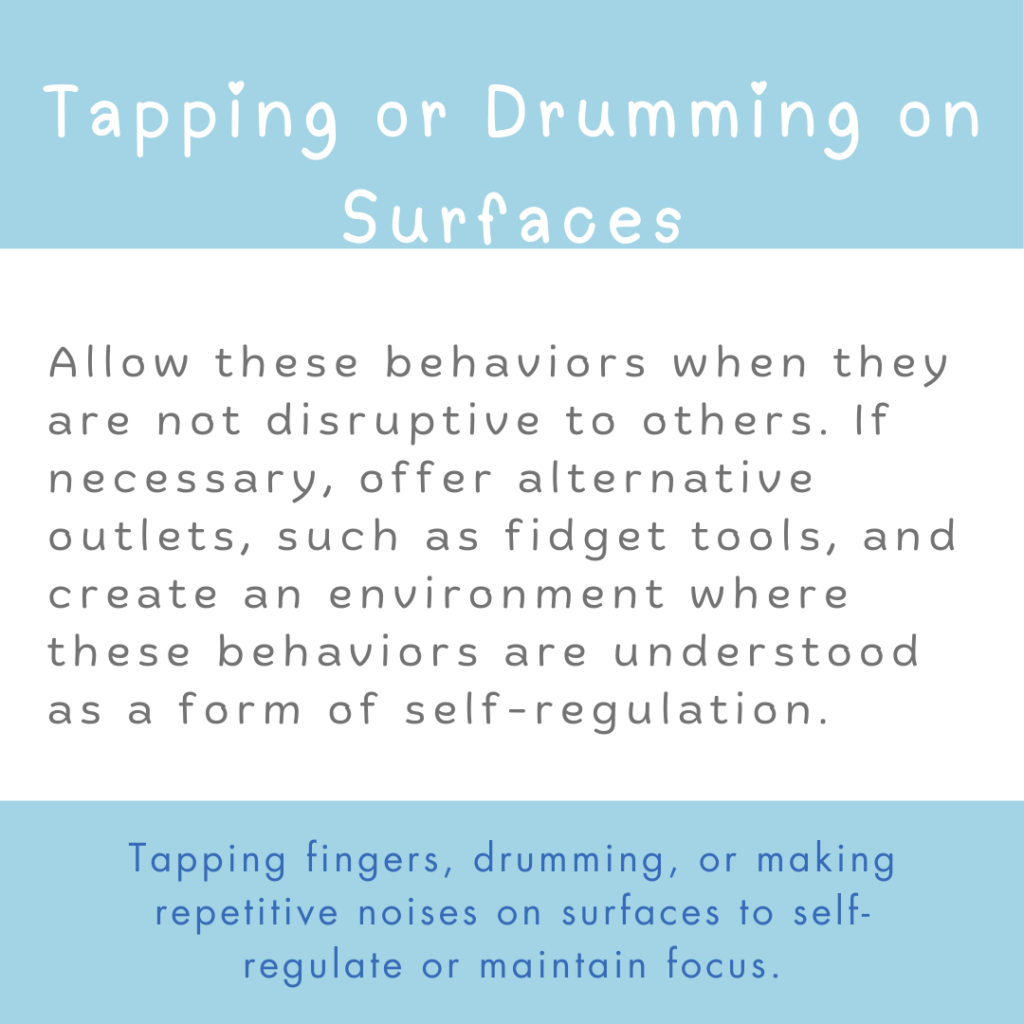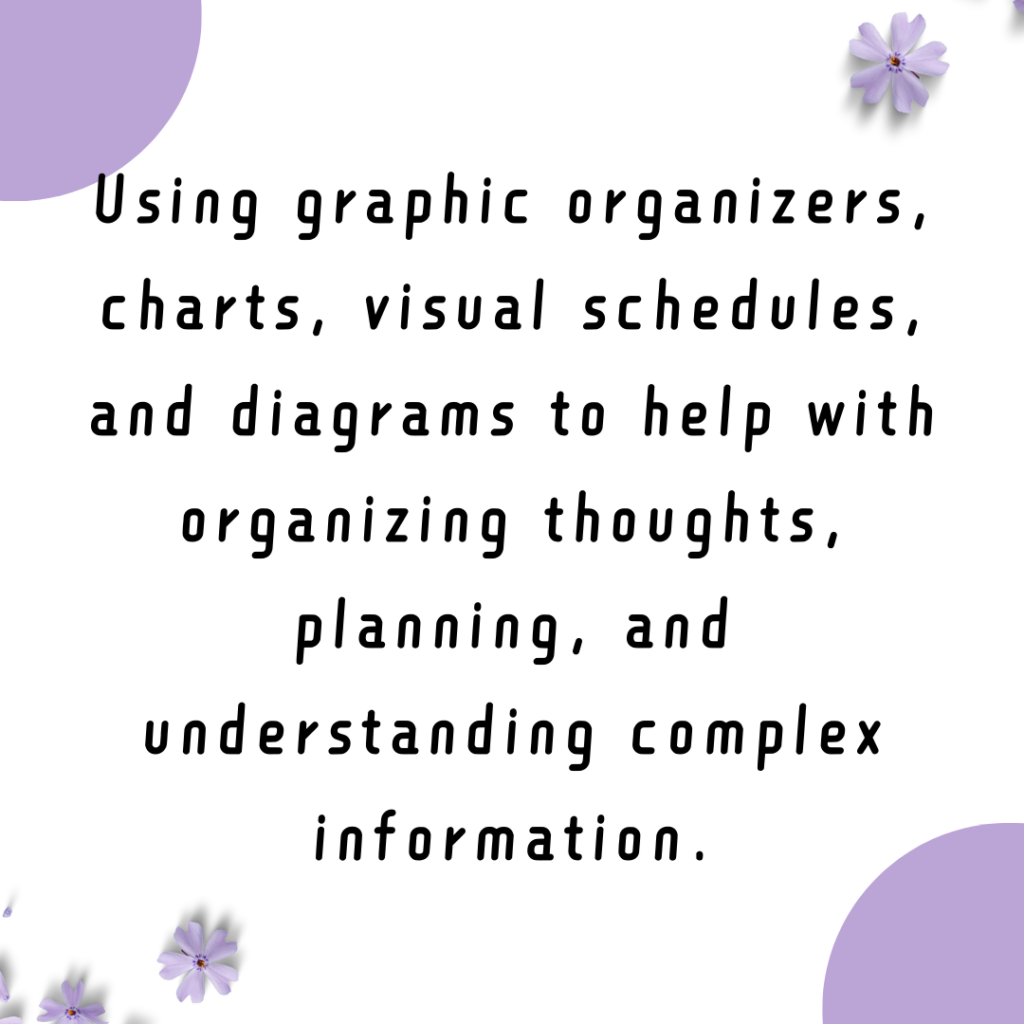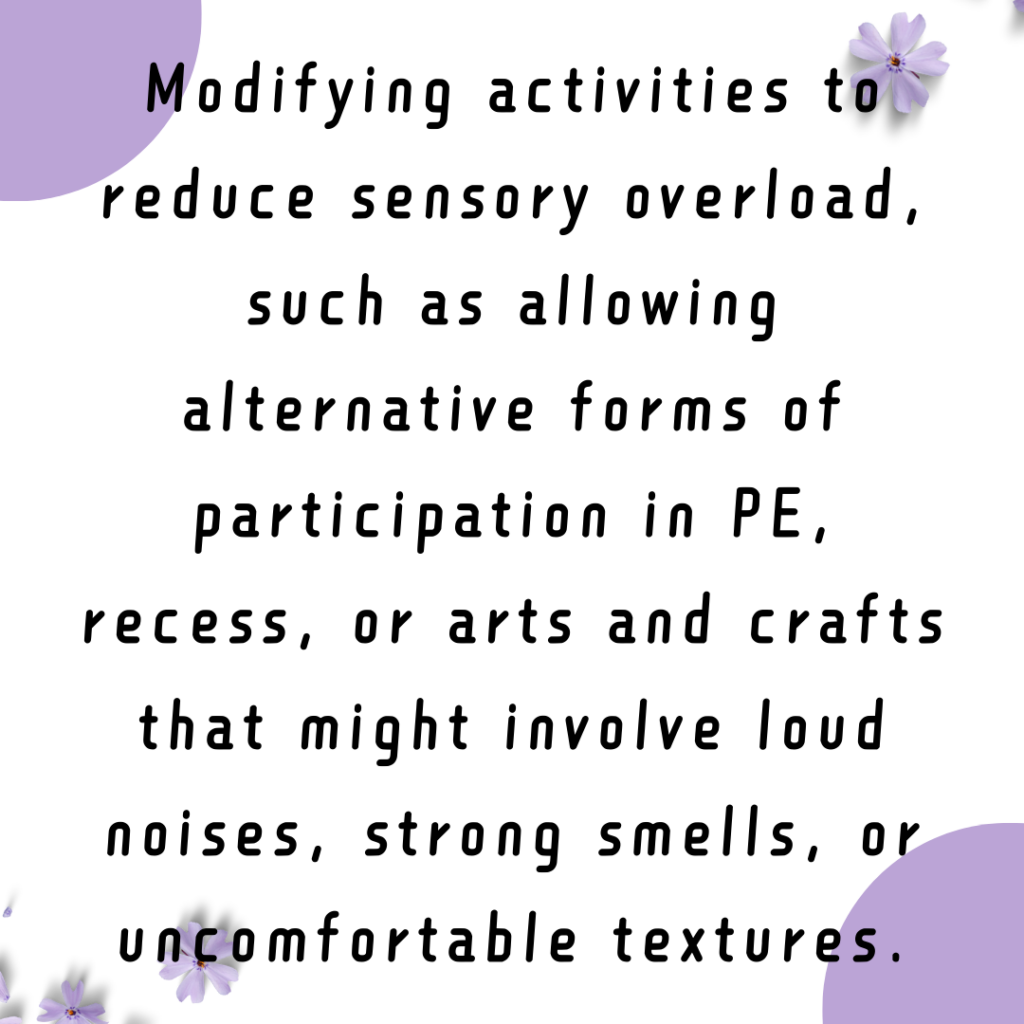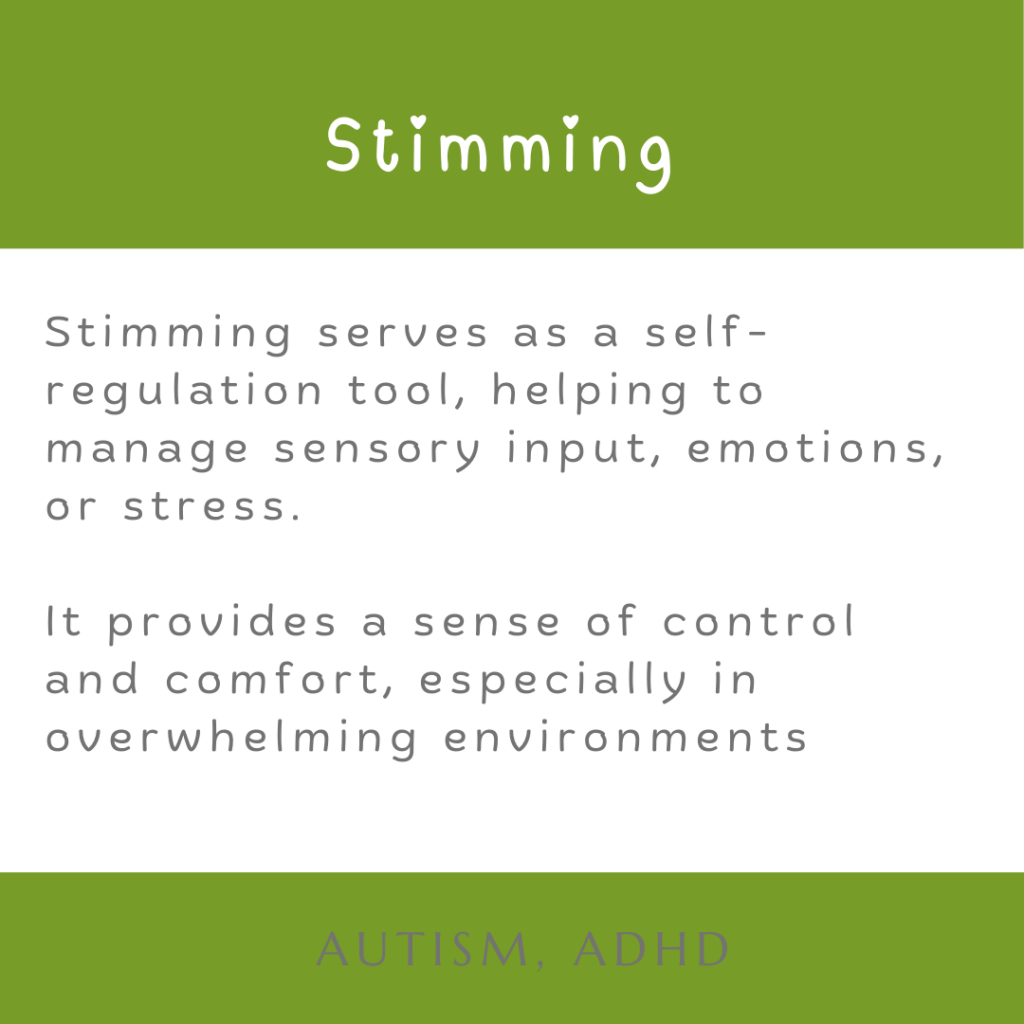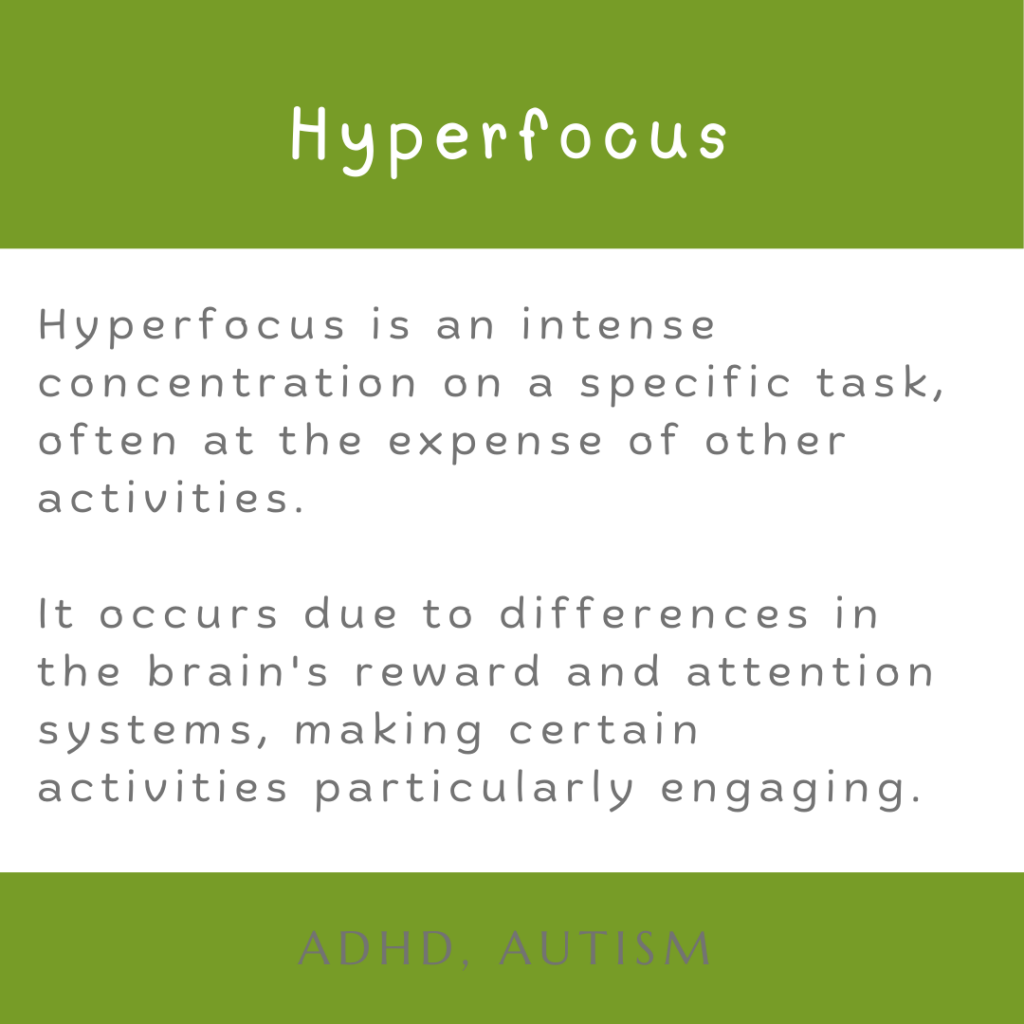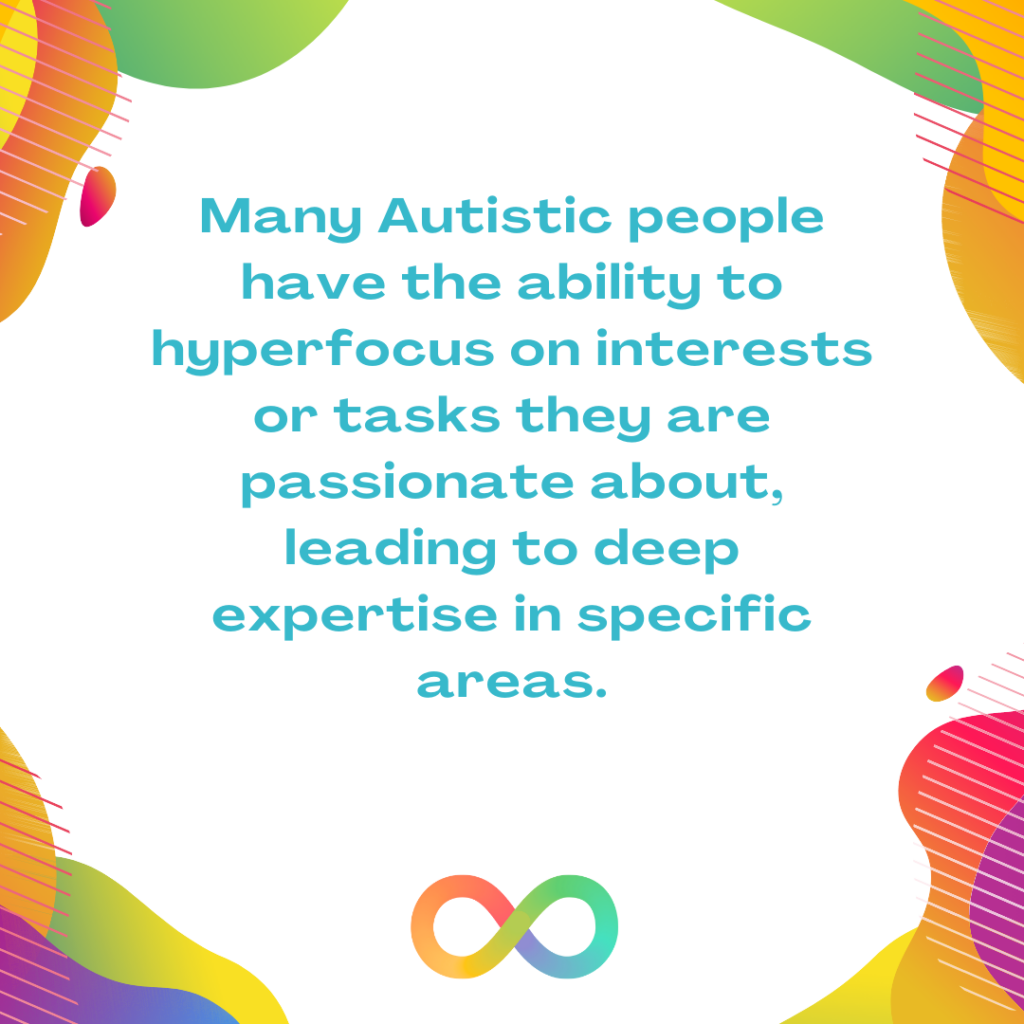What is Neurodiversity?
Neurodiversity is the idea that neurological differences—how our brains work—are a natural and valuable part of human diversity. Just as we celebrate diversity in race, culture, and gender, neurodiversity recognizes that not all brains are the same, and that’s a good thing. It includes conditions like Autism, ADHD, Dyslexia, Dyspraxia, and more.
These differences can affect how people think, learn, and interact with the world. Some might be really good at focusing intensely on one topic, while others might be great at thinking outside the box. However, these differences can also come with challenges, especially in environments that are not designed to accommodate them. Instead of seeing these differences as problems to be fixed, the neurodiversity model celebrates diversity and emphasizes that every individual has unique strengths and challenges. It’s about understanding and embracing differences, not trying to make everyone fit the same mold.
Why is Neurodiversity Important?
Understanding neurodiversity is important because it helps us move away from the idea that everyone should think and behave in the same way. Instead of trying to “fix” people who think differently, the neurodiversity perspective encourages us to appreciate and support their unique ways of being. This approach not only benefits neurodivergent individuals but also enriches our communities by including a wider range of talents, perspectives, and problem-solving abilities.
Understanding these concepts is crucial for creating an inclusive and supportive environment for neurodivergent children. Recognizing that a child’s behavior is a reflection of their unique brain wiring, rather than a lack of effort or discipline, can help volunteers approach their teaching with empathy and flexibility. By embracing neurodiversity, we can help all children thrive, respecting their differences and supporting their individual needs.
Neurodivergent vs Neurotypical
Neurodivergent: Refers to individuals whose neurological development and functioning are atypical. This includes people with Autism, ADHD, Dyslexia, and other conditions that affect how they process information, interact socially, and learn.
Neurotypical: Refers to individuals whose neurological development and functioning fall within the “typical” range, meaning their brains work in ways that are more common or expected in society.
By understanding and embracing neurodiversity, we can create environments where everyone, regardless of how their brain works, has the opportunity to succeed and be valued for who they are.
Different vs. Disordered
Different: Neurodivergent individuals may think, learn, and behave differently, but these differences are not inherently negative. They can lead to unique talents and perspectives. For example, someone with ADHD might excel in fast-paced environments, or an Autistic person might have deep expertise in a specific area.
Disordered: The term “disordered” implies that something is wrong or broken. While neurodivergent individuals may face challenges, especially in environments that aren’t accommodating, these challenges are not necessarily a sign of disorder but rather a mismatch between the person and the environment.
Neurodiversity vs Medical Model & Compliance
Neurodiversity views neurological differences—such as Autism, ADHD, Dyslexia, and others—as natural variations of the human mind, where, traditionally, neurological differences were often viewed through a “deficit” lens. This model treats conditions like Autism and ADHD as disorders or diseases that need to be cured or corrected. The focus is on what is “wrong” and how to make the person conform to typical standards, often through compliance-based approaches.
Why are there so many neurodivergent folks now?
Many neurodivergent people in the past were not diagnosed but were often labeled as “quirky,” “eccentric,” or “different.” For example, you might remember an uncle with an extensive train collection who knew everything about it or someone who was seen as a bit “odd.” These individuals likely had the same neurodivergent traits that we recognize today.
In the past, many neurodivergent individuals felt they had to hide or “mask” their differences to fit in. Today, there’s more awareness and acceptance, so people are less likely to hide who they are.
There is ongoing research into whether environmental changes (like exposure to chemicals such as plastic derivatives or PFAS) might be affecting neurodivergent populations differently, potentially leading to an increase in observable traits. However, this is still an area of study.
Not all children have equal access to evaluations and diagnoses. Factors such as socioeconomic status, race, and gender can impact whether a child is recognized as neurodivergent. For example, girls are often diagnosed with Autism or ADHD later than boys because their symptoms may present differently and are often overlooked.
Biases in the diagnostic process can lead to underdiagnosis or misdiagnosis. For example, a child from a marginalized community might be labeled as “troublesome” rather than being assessed for ADHD or Autism.
Old stigmas still linger, and some families might avoid seeking a diagnosis due to fear of labeling or discrimination. However, as society evolves and becomes more accepting, more families are seeking evaluations, leading to more diagnoses and better support for neurodivergent children.
Support
Help kids by supporting the compensatory mechanism and adaptations they’ve developed for working with their brains and bodies.
Think Ahead
Consider accomodations that you can think through today and pull out for a kid who seems like they’d benefit from them in the moment.
Identify
What are things a kid might be doing if they are neurodivergent? Keep in mind that many neurodivergent kids won’t have a diagnosis until teenage or adulthood.
Celebrate!
Where Neurodivergent brains & bodies need to be accomodated in spaces, programs, and activities designed for Neurotypical folks, there are lots of ways that Neurodivergent folks tend to take the lead and excel.
Intro to some Neurdivergences
Autism Spectrum Disorder (ASD), is a developmental condition that affects how individuals perceive the world and interact with others. It is characterized by differences in social communication, sensory processing, and behavior. Autism is a spectrum, meaning it can present very differently from person to person, ranging from those who are nonverbal to those who are highly verbal and from individuals who need significant support to those who are highly independent.
ADHD (Attention-Deficit/Hyperactivity Disorder) is a neurodevelopmental condition characterized by persistent patterns of inattention, hyperactivity, and impulsivity. Individuals with ADHD may struggle with staying focused, controlling impulses, or sitting still. This can affect various areas of life, including school, work, and social interactions. ADHD is commonly diagnosed in childhood, but many people continue to experience symptoms into adulthood.
Pathological Demand Avoidance (PDA) is a subtype of Autism characterized by an extreme need to avoid everyday demands and a strong drive for autonomy over their bodies. Challenges to their autonomomy that they perceive as demands activates their fight/flight/freeze response.
ADD (Attention-Deficit Disorder) is a subtype of ADHD, primarily characterized by inattention without the hyperactivity component. Individuals with ADD may appear daydreamy, forgetful, or easily distracted. They may have difficulty organizing tasks, following instructions, or maintaining focus on tasks that require sustained mental effort. While ADD is less likely to involve the overt hyperactivity seen in ADHD, it still presents challenges that can impact daily functioning.
Dyslexia is a specific learning difficulty that primarily affects reading and spelling. Individuals with dyslexia often have trouble with phonological processing, which is the ability to recognize and manipulate the sounds in language. This can make decoding written words challenging. However, dyslexia does not reflect a lack of intelligence or effort, and many dyslexic individuals excel in creative and visual-spatial tasks.
Dyscalculia is a specific learning difficulty that affects an individual’s ability to understand and work with numbers. People with dyscalculia may struggle with basic arithmetic, number sense, and more complex mathematical concepts. This can make tasks like counting change, telling time, or following numerical sequences challenging. Despite these difficulties, individuals with dyscalculia often have strengths in areas that do not rely heavily on numbers.
Dyspraxia, also known as Developmental Coordination Disorder (DCD), is a condition that affects motor coordination and planning. Individuals with dyspraxia may have difficulty with tasks that require fine and gross motor skills, such as writing, tying shoelaces, or participating in sports. Dyspraxia can also affect organization, memory, and speech. However, people with dyspraxia often excel in creative and verbal tasks, demonstrating strong resilience and problem-solving skills.

















